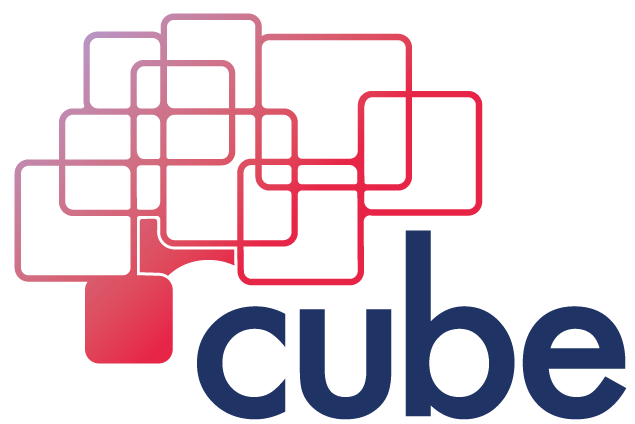Ultrasound imaging combines benefits such as deep tissue penetration, resolution, low-cost and real-time feedback into a readily available technology. Yet, the technological requirements for imaging and stimulating the brain in mice (15-50 MHz) and human (0.2-15 MHz) are relatively high. Demands on data bandwidth, processing power and densely packed sensors arrays are stringent, especially when it comes down to imaging the brain in 3D for a long period of time.
One of these research directions is called computational ultrasound in which we make use of prior knowledge of the ultrasound field in a mathematical model from which we obtain the best image possible. This principle of using computing resources to provide us with the final image has enabled us to make a full 3D image using only one sensor! This work was published in the Science Advances [Science Mag Link] in 2017. Apart from demonstrating that ultrasound imaging is possible with far less sensors, we also believe that computational ultrasound holds great promise for making better ultrasound images that can reveal areas previously impossible to image, such as the brain behind the skull.


